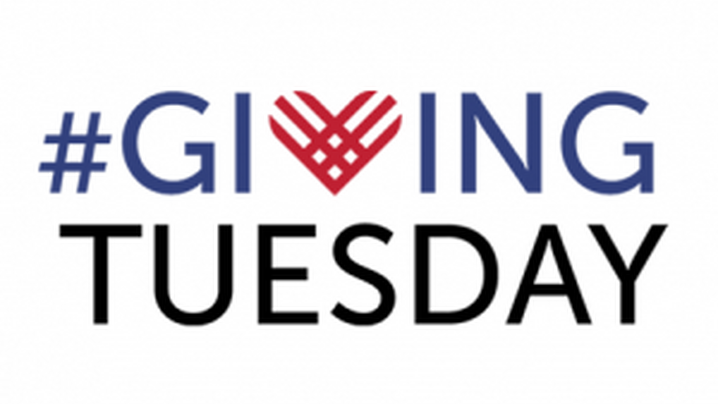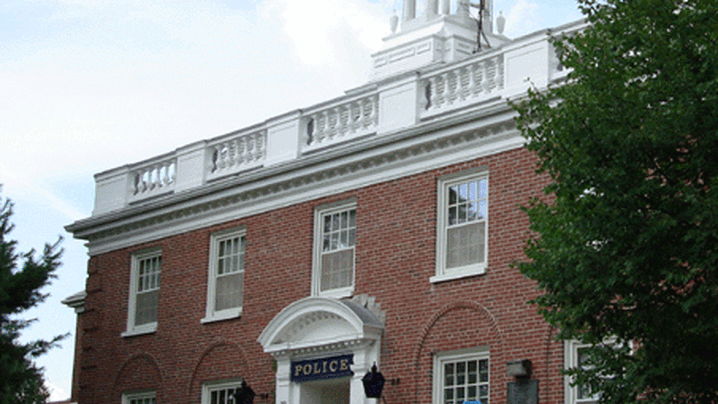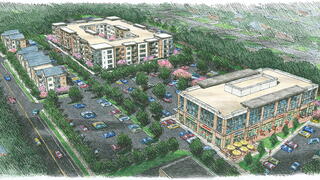With the proper planning and mindset, local governments small and large can leverage technology to transform their organizations and the experience of their residents.

Advocating adoption and retention of the council-manager form and establishment of professional management positions are mission priorities for ICMA. #Giving Tuesday, November 27, is the perfect time to renew your commitment to advocating professionalism in local government management by making a donation to ICMA’s Future of Professional Management Fund. Mounting grassroots campaigns to educate residents about…

The last two decades have brought waves of significant change to state laws regarding medical and recreational cannabis, which in turn have implications for local governments.
The city of Las Vegas uses a unique juvenile justice system program, the preservation of a historic educational site, and school district collaboration to address inequities.
The City of Decatur, with only 22,000 residents, has a history of civic engagement, having involved more than 1,500 people in its 2010 strategic planning process.
Charlotte has undertaken several racial equity processes designed to improve community service delivery, including the ongoing use of a racial equity lens for city programs.

I have the unfortunate (but correctable) habit of wading into projects—even my own—at step four or five and expecting the world to catch up with me. I have learned fairly recently that starting at step one often isn’t early enough, and that starting at Step Zero is the best predictor of success. Labeled by our…
The City of San Antonio continues to use and update its visioning plan, SA2020. The city is making progress on school graduation rates, per capita income, health care access, and teen birth rates.

